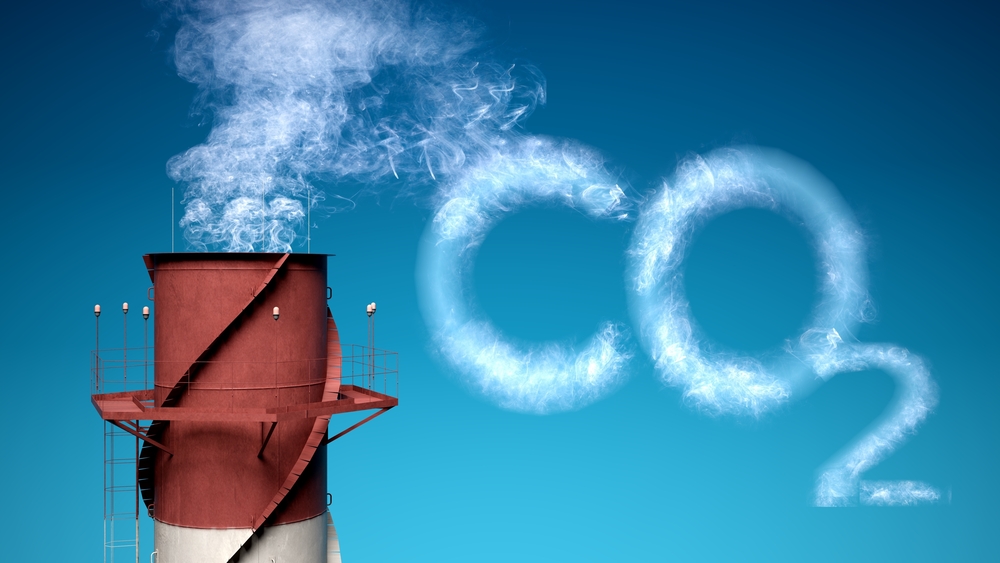Carbon dioxide (CO2) is an odorless colorless gas that is present in the atmosphere in small quantities, typically 400 parts per million or less. CO2 is generated by industrial processes that include the burning of fossil fuels for heat, power, and transportation and by natural processes such as ocean-atmosphere exchange, volcanic eruptions, and animal respiration.
While typical background values of CO2 are non-toxic, higher concentrations can cause headaches, sleepiness, increased heart rate; concentrations above 5000 ppm can lead to oxygen deprivation, brain damage, and death.
Many seemingly innocuous industrial processes can create large quantities of CO2. For example, brewing and bottling can create vast amounts of CO2 from fermentation. Since CO2 is odorless and colorless, a slow leak into a confined area may not be detected before the atmosphere becomes deadly due to a lack of oxygen.
If a carbon dioxide gas buildup occurs in any area of an industrial facility or laboratory, it must be detected quickly. Industrial users need to make sure they have reliable CO2 detectors installed in confined spaces and in close proximity to valves, fermentation vats, and other sources of leaks.
Working Principle
CO2 sensors use the same operating principle as infrared hydrocarbon detectors. They create a beam of infrared light tuned to a specific frequency that is readily absorbed by CO2 molecules. The primary difference between an infrared CO2 detector and an infrared hydrocarbon detector is the choice of filter and infrared wavelength. Since each molecule of CO2 absorbed some of the infrared light, the amount of absorption is proportional to the percentage of CO2 present in the ambient air. Modern detectors utilize dual IR beams to compensate for changes in air pressure, temperature, drift, and dirt on the lens. More expensive CO2 detectors use sapphire windows to protect the IR transmitter and receiver elements from damage by any corrosive gases that may exist in the ambient environment.
Features of a CO2 Gas Detection System
Any good CO2 detection system consists of one or more detectors and a central controller that can monitor each detector and provide common warning and danger alarm indications using horns or flashing strobes.
- Multiple Detector– Since all facilities are different in terms of size and layout, multiple types of CO2 detectors must be available for use. Ambient detectors sense the presence of CO2 in the vicinity of the detector by diffusion. Sample
draw detectors use a dedicated pump to pull air samples from remote locations where the use of ambient sensors is not feasible. - Controllers – Any system with more than a single CO2 monitor will likely require a controller to power the sensors and monitor the outputs to create alarm indications as needed. Controllers are often configurable to allow users to select
the proper number of channels while allowing upgrades in the future. - Wireless Technology – As technology has advanced, most industrial facilities now employ wireless technology with their monitoring systems. Wireless CO2 detectors that operate on batteries are now available that use very-low-power infrared detectors.
Protect Your Facility
Since dangerous gas buildups can occur in virtually any facility, having the proper monitoring system in place can make all the difference regarding worker safety. If you regularly work with carbon dioxide, make sure you have a sensor that measures CO2 levels in your vicinity. By being one step ahead of toxic leaks or equipment failure, your manufacturing processes can continue running without interruption.
Get in touch with our sales team to learn more about our selection of CO2 sensors and custom gas detection systems.

